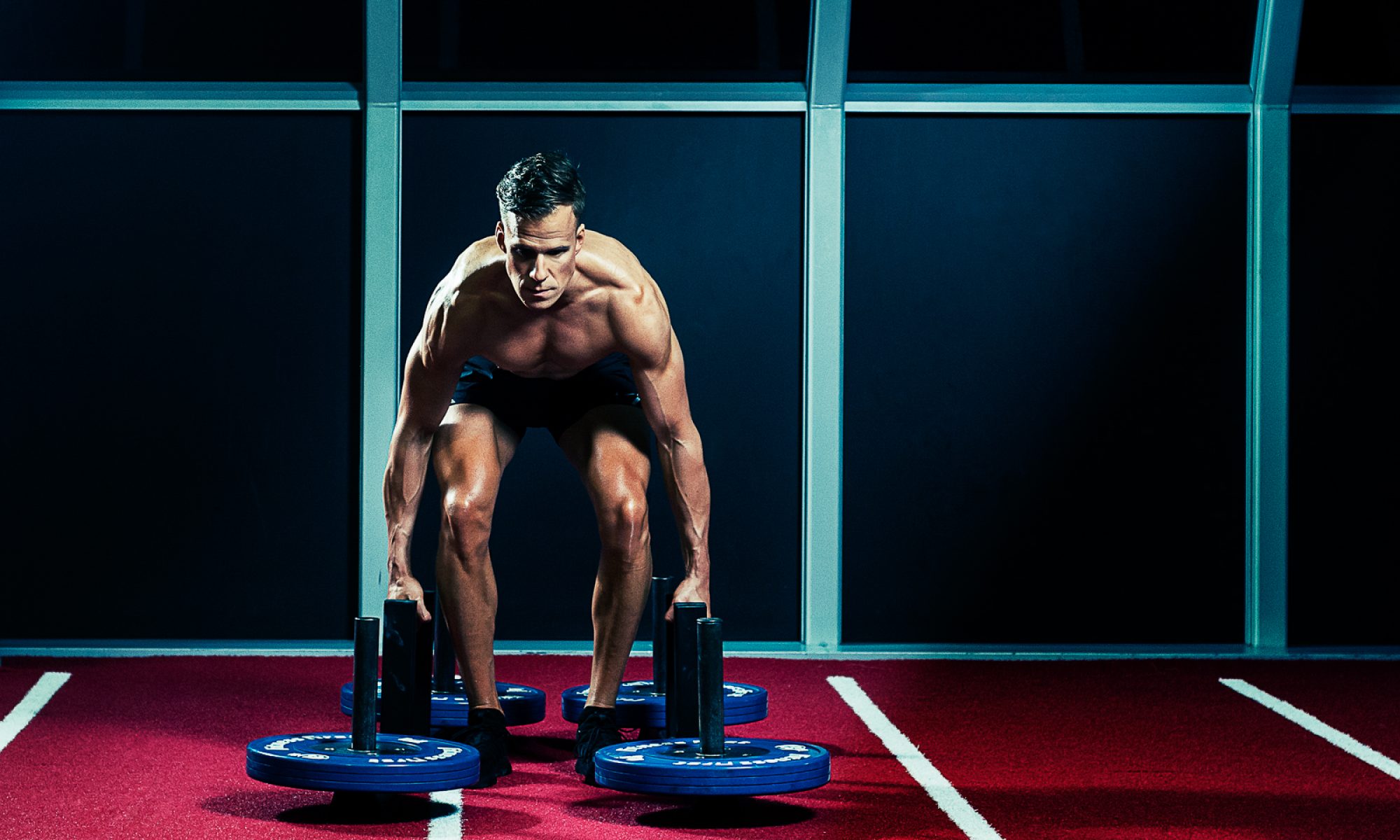The quality of every movement you do throughout the day and throughout your life, will impact your health for good or for bad, whether you like it or not.
Poorly executed daily movements and exercises will reinforce bad mechanics and movement dysfunction. This might not immediately cause pain or be a significant restriction to the desired outcome, but it’s something that will build up.
I often hear phrases like “I have always done it this way and it’s never caused me any pain.” Yes, this can be true – people can-do poor-quality movements continually over a long period without the presence of pain.
However, it’s not a valid reason if there is a way to improve or fix poor quality movement (unfortunately sometimes there is not). Being lazy with exercise technique execution isn’t all about pain either, it is a less effective way to produce overall results with training adaptations and performance.
When our muscles, joints and connective tissues work in unison it feels nice and fluid. Not restricted, clunky or painful. The pain we invite when training is from muscle fatigue and not from other areas.
If you have ever played golf or tennis, you’ll know when you have hit a good shot! The ball with fly off the head of the club/racket, in the desired direction  and will often feel like it requires less effort, to travel further. Rackets and clubs are much like your body, they are designed to be used in certain ways.
and will often feel like it requires less effort, to travel further. Rackets and clubs are much like your body, they are designed to be used in certain ways.
How do we know what is a “good” quality movement?
Without being technical or scientific, we can usually intuitively look at someone and identify whether or not they look “good” when doing a movement.
To understand what is wrong with a movement or exercise, we first must understand what a perfect one looks like. Looking at world-class athletes will give you a strong clue on what near-perfect execution is.
In saying that, everyone is unique, so no two people will ever look exactly the same, however there will be overarching principles, and similarities in joint actions and sequencing. See relevant podcast here–with Shawn Stevenson (Model Health Show) & Kathy Bowman.
Working with an experienced coach can often shortcut the trial and error, where they can pick things up quicker and give constructive advice on technique cues or areas to focus on.
For those that might not have access to a coach, you can always use resources (books, articles, YouTube) to gain a better understanding on what an optimal movement should be.
Highly recommended reading on this topic is Gray Cook’s book called “Movement”.
 Don’t just think of movement when training or exercising
Don’t just think of movement when training or exercising
Think globally about your daily movements and what you do most often. Walking, standing and sitting might be less intense, but there are muscles working (or not working) in each second of the day. You will adapt to the chair, just like you can adapt to any exercises. See related article by podcast guest Andrew Read here– and podcast show here.
If you spend considerable amounts of time slumped over a laptop, then posture and your muscle function will be compromised… And in effect your quality of movement will suffer.
Take measures to offset the effects of a sedentary lifestyle if you work behind a desk for a living.
Also, if you’re a gym rat, note that overuse and chronic movement patterns can have a negative effect too! Make sure you have recovery protocols that can help, like soft tissue treatments and corrective exercises.
How to move better over time
- Use every joint, through full ranges of motion frequently.
- Practice different planes of motion. Not everything should be done in the sagittal plane. Twisting and rotating is just as important.
- Identify areas of restriction and work on increasing movement in those areas.
- Eat a healthy diet with plenty of vegetables and hydrate. Believe it or not but the quality of the food you eat and hydration status can make a difference in muscle tissue and contractions.
- Learn how to diaphragmatically breath. Disfunction in the movement of breathing can affect posture, performance and the ability to brace loads correctly.
Move well and move often.
Coach Adam
P.s. Here is one of my go to daily movements I recommend for everyone

